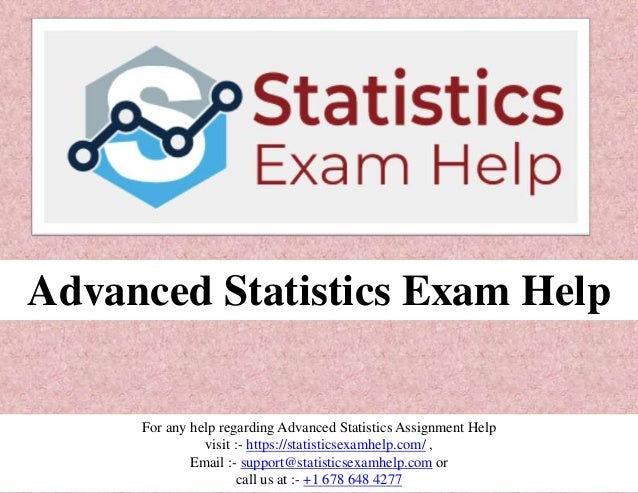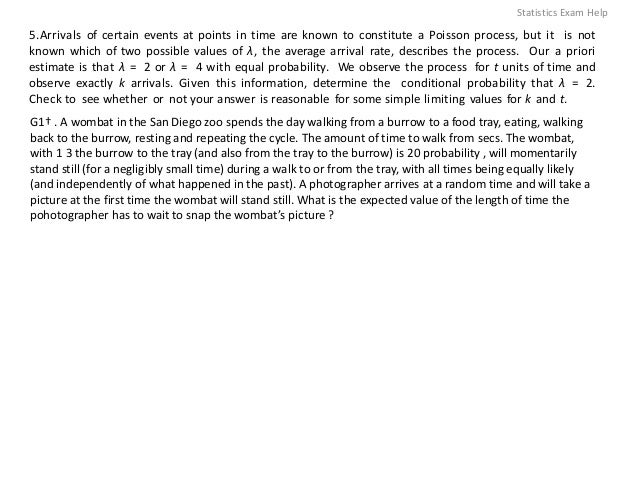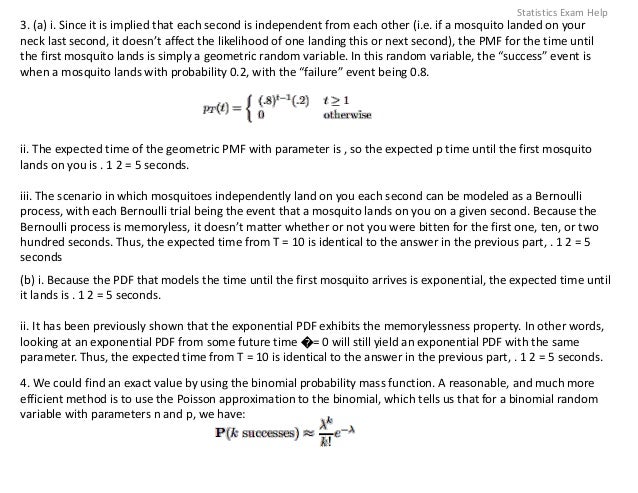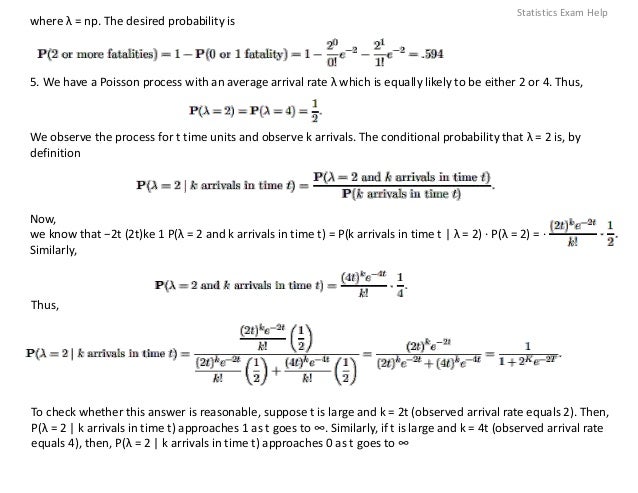The document contains various probability and statistics problems related to real-life scenarios, such as Fred giving out dog food samples and robbery attempts. Each problem includes specific calculations involving geometric and Poisson distributions, as well as Bernoulli processes. Additionally, it provides methods for determining probabilities and expected values in situations involving independent events.








![Alternately, we can solve this problem using transforms. Note that d is the sum of three independent
random variables: x1, the number of days until the first successful robbery; c, the number of days of
rest after the first success; and x2, the number of days from the end of the rest period until the
second successful robbery. Since d = x1 + c + x2, and x1, x2, and c are mutually independent, we find
that the transform of d is Md(s) = [Mx(s)]2Mc(s).
Now, x1 and x2 are (independent) geometric random variables with parameter 3 (the 20 probability of
a successful robbery). Again, c is equally likely to be 2 or 4. Thus we conclude that
(c) Given a successful robbery, the PMF for y is py(yo) = 1 for yo = 1, 2, 3, and py(yo) = 0 3 otherwise. The total
number of candybars collected in 2 successful robberies is s = y1 +y2, where y1 and y2 are independent and
identically distributed as py(yo). Therefore, the PMF for s is
Statistics Exam Help](https://image.slidesharecdn.com/statisticsexamhelp-220214080945/95/Advanced-Statistics-Exam-Help-9-638.jpg)


